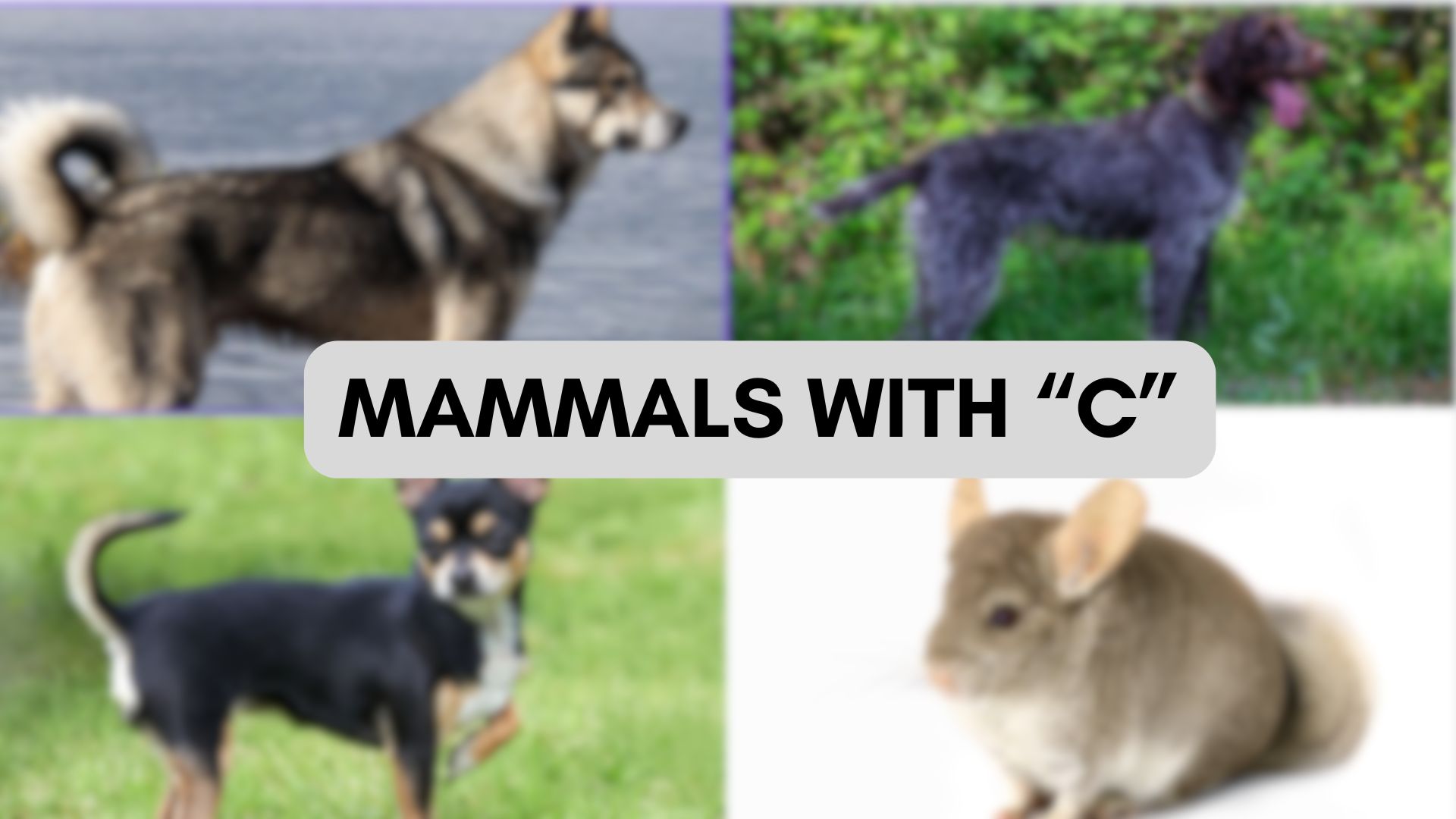
The Mouthing Phase: When Will My Baby Stop
Have you ever wondered what amazing mammals start with the letter C? Mammals with C include some of the most interesting animals on our planet!
Camels stand tall in the desert with their humps storing fat for long trips without water. The Canada Lynx moves through snowy forests with special paws that work like snowshoes.
Canadian Horses show incredible strength working on farms, while cute Chinchillas have the softest fur of any mammal.
These C-mammals live in different places around the world – from the hot deserts where camels roam to the chilly mountains where chinchillas build their homes.
Learning about mammals with C shows how animals adapt to survive in all kinds of environments.
Mammals with C: Canines Around the World
1. Cairn Terrier
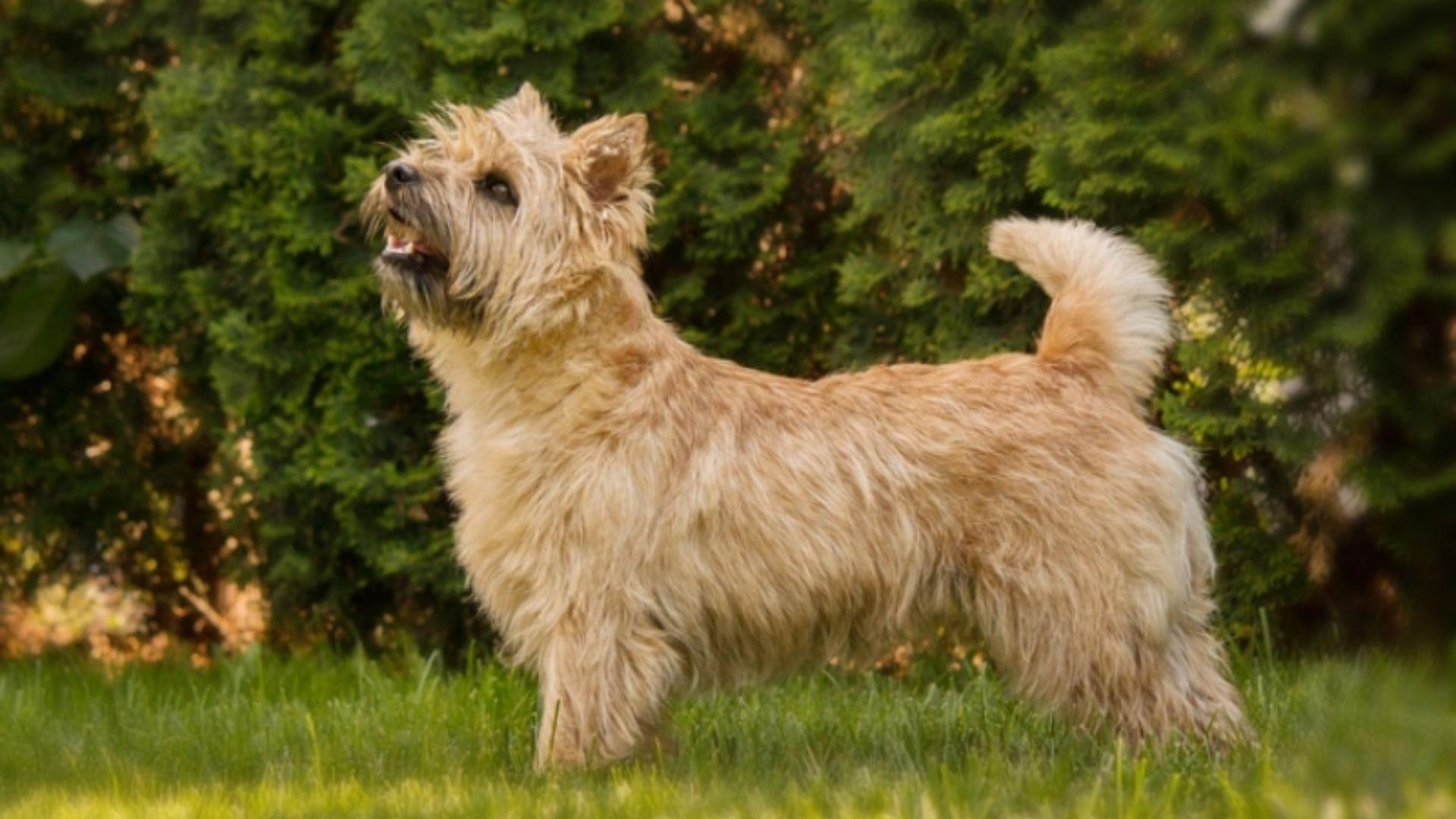
The Cairn Terrier is a small, sturdy dog known for its energetic and fearless nature. Originally bred for hunting, it is highly intelligent, alert, and independent.
Despite its small size, the Cairn Terrier is confident and protective of its family, making it an excellent companion.
-
Region of Habitat: Scotland
-
Scientific Name:Canis lupus familiaris
-
Feeding Habits: Carnivorous, typically consuming high-protein food
-
What Sound They Make: Barking, growling, whining
Fun Facts
Cairn Terriers were used in Scotland to hunt foxes and other small prey. Their natural instinct for digging and burrowing makes them excellent hunters.
The breed is also known for its loyalty and courage, often standing up to much larger animals when protecting their home.
2. Calico Cat
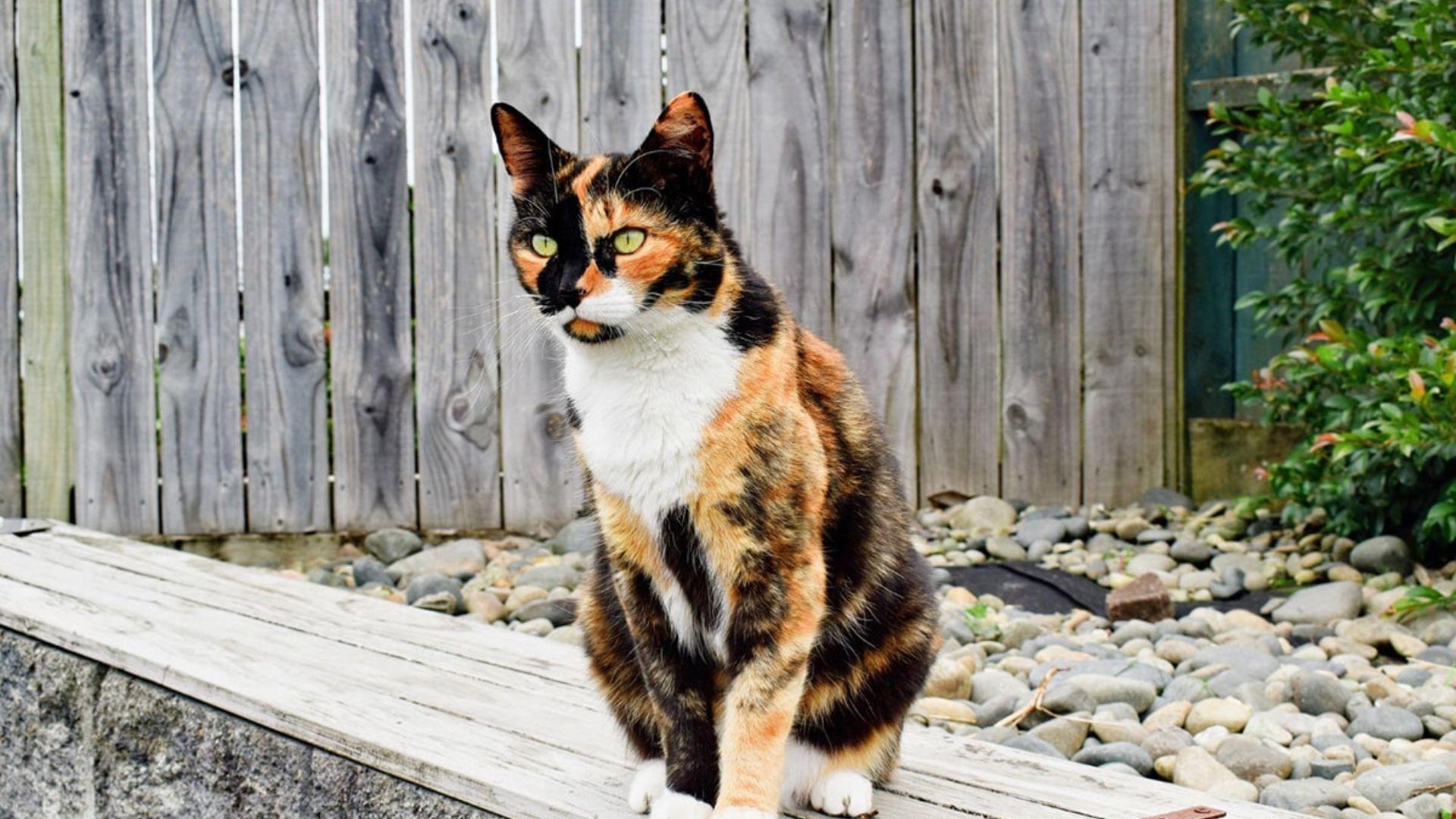
The Calico Cat is a domestic cat characterized by its distinctive tri-colored coat, usually in shades of white, orange, and black.
Known for their friendly, affectionate nature, Calico cats often have a calm demeanor but are also independent. Due to their unique appearance, they are highly popular pets.
-
Region of Habitat: Worldwide
-
Scientific Name:Felis catus
-
Feeding Habits: Carnivorous, primarily eating meat-based food
-
What Sound They Make: Meowing, purring, hissing
Fun Facts
Calico cats are almost always female, with the rare male calico being a genetic anomaly. Their unique coat coloration occurs because their chromosomes determine fur color.
Calicos are often considered lucky, and many cultures believe they bring good fortune to their owners.
3. Camel
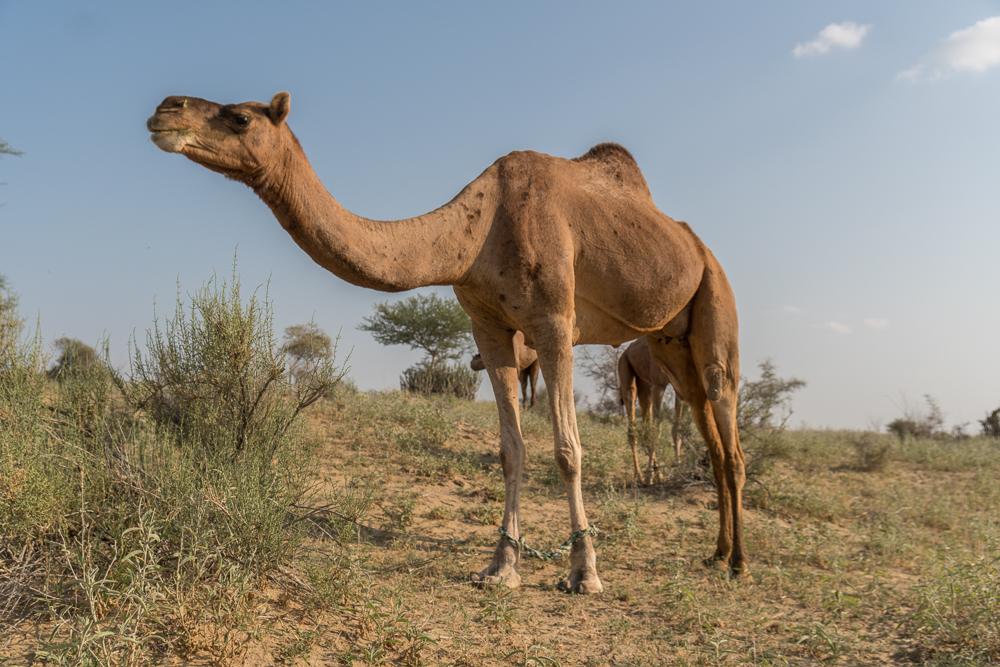
Camels are large, herbivorous mammals that are well-adapted to desert life. Their humps store fat, which provides energy and helps them survive in arid environments.
Known for their endurance, camels can travel long distances without needing water, making them ideal for desert transportation.
-
Region of Habitat: Deserts of the Middle East, Asia, and Northern Africa
-
Scientific Name:Camelus dromedarius (for the Dromedary camel)
-
Feeding Habits: Herbivorous, consuming plants and grasses
-
What Sound They Make: Grunting, groaning, and humming
Fun Facts
Camels can drink up to 40 gallons of water in just one sitting after a long period without drinking. Their thick eyelashes and ear hairs protect them from sand, while their broad feet help them walk on soft desert sands without sinking.
4. Canaan Dog
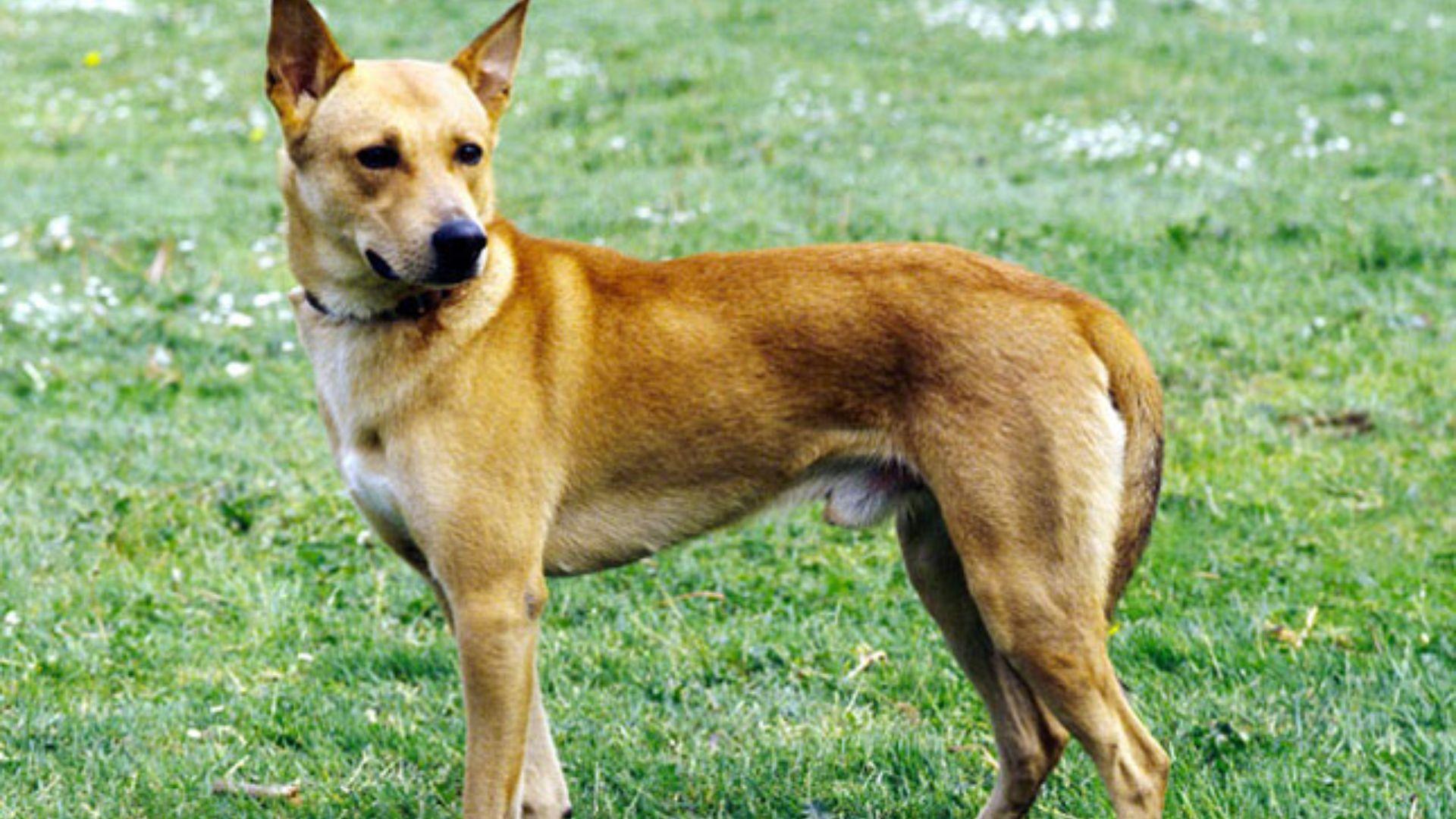
The Canaan Dog is a medium-sized dog known for its resilience, intelligence, and strong guarding instincts.
Originally bred in Israel, the Canaan Dog was used for herding and guarding livestock. With its independent nature, the Canaan Dog is alert, loyal, and excellent for working with a family or in active environments.
-
Region of Habitat: Israel and surrounding regions
-
Scientific Name:Canis lupus familiaris
-
Feeding Habits: Carnivorous, requiring a high-protein diet
-
What Sound They Make: Barking, growling, and whining
Fun Facts
The Canaan Dog is one of the oldest and rarest dog breeds in the world. The Israelites historically used it as a herding dog, and despite its independent nature, it is fiercely loyal to its family, making it a great protector.
5. Canada Lynx
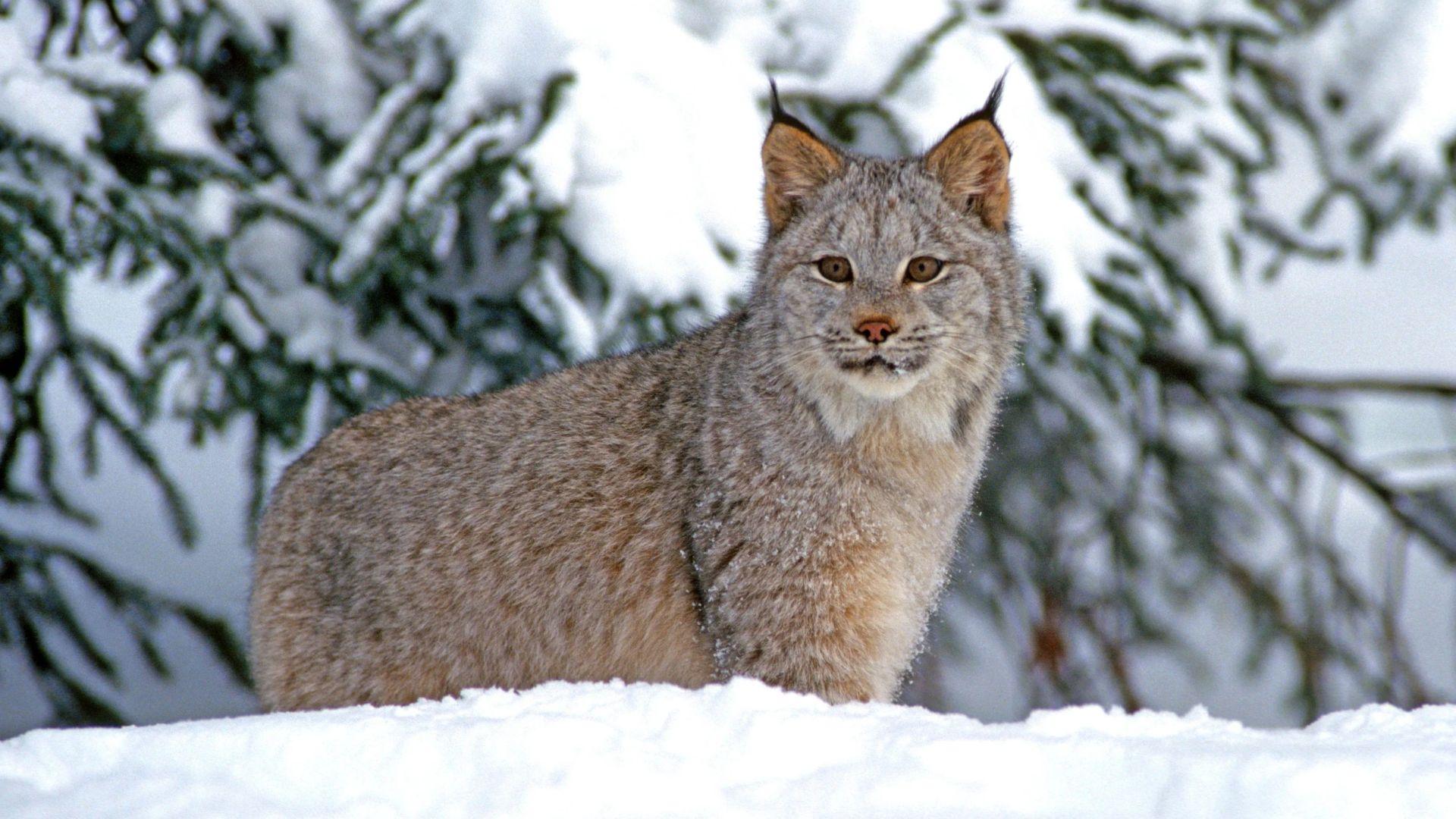
The Canada Lynx is a medium-sized wild cat known for its tufted ears and thick fur. It is perfectly adapted to cold climates, particularly the forests of Canada and Alaska.
It primarily preys on snowshoe hares, and its paws act like snowshoes to help it guide deep snow.
-
Region of Habitat: Canada, Alaska, and parts of northern USA
-
Scientific Name:Lynx canadensis
-
Feeding Habits: Carnivorous, hunting small mammals like hares
-
What Sound They Make: Growling, meowing, purring
Fun Facts
The Canada Lynx’s large paws help distribute its weight, allowing it to walk across snow without sinking.
It is also known for being a stealthy hunter, capable of moving silently through the snow and pouncing on unsuspecting prey with incredible precision.
6. Canadian Eskimo Dog
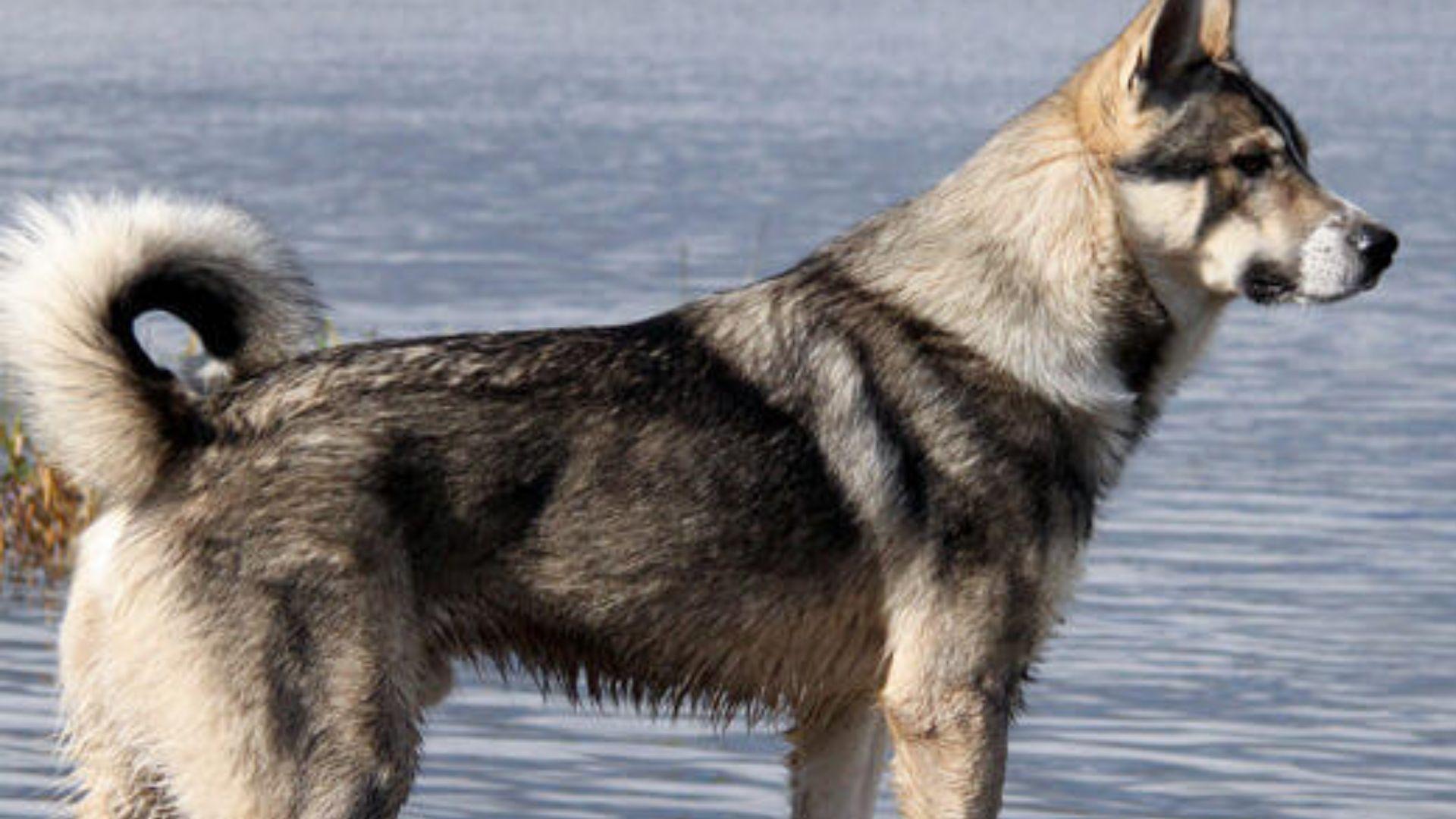
The Canadian Eskimo Dog is a working breed originally used by Arctic people for pulling sleds and hunting. These dogs are strong, hardy, and well-suited for extreme cold weather.
They are loyal, intelligent, and have a thick double coat that keeps them warm in freezing conditions.
-
Region of Habitat: Arctic regions of Canada and Greenland
-
Scientific Name:Canis lupus familiaris
-
Feeding Habits: Carnivorous, feeding mainly on meat and fish
-
What Sound They Make: Barking, howling
Fun Facts
Canadian Eskimo Dogs were crucial to Arctic expeditions, helping to transport goods across frozen landscapes.
They are known for their incredible endurance, and many have been trained to work in harsh conditions where other breeds would struggle to survive.
7. Canadian Horse
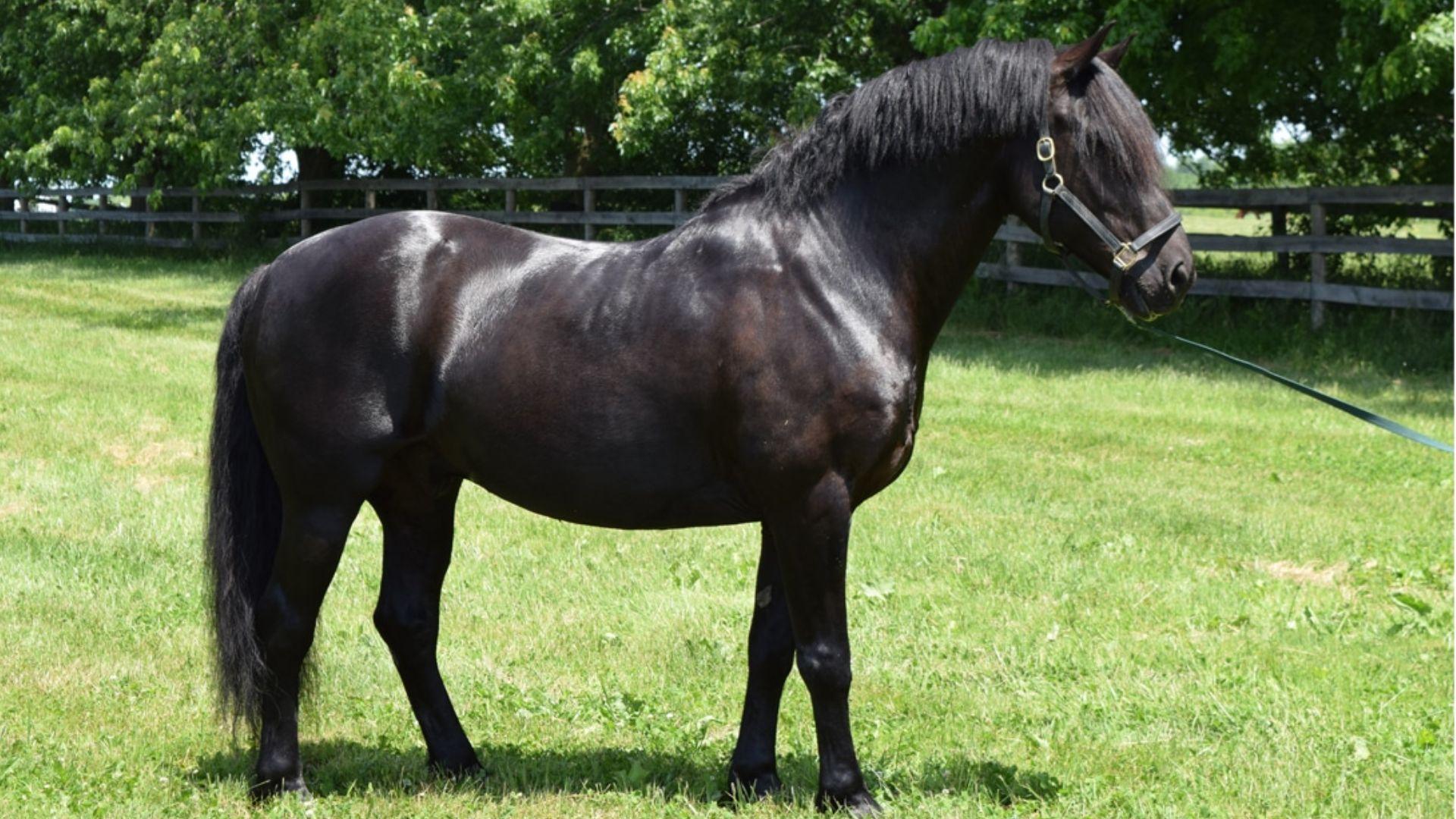
The Canadian Horse is a breed of draft horse originally used for farm work in Canada. Known for its strength, endurance, and adaptability, it has become an important part of the country’s agricultural history.
These horses are agile, versatile, and have a calm temperament.
-
Region of Habitat: Canada
-
Scientific Name:Equus ferus caballus
-
Feeding Habits: Herbivorous, feeding on grasses and hay
-
What Sound They Make: Neighing, snorting
Fun Facts
The Canadian Horse was close to extinction in the early 1900s but has since made a comeback. It is one of the oldest recognized horse breeds in North America, known for its natural ability to work in tough conditions and its hardiness in cold climates.
8. Cane Corso
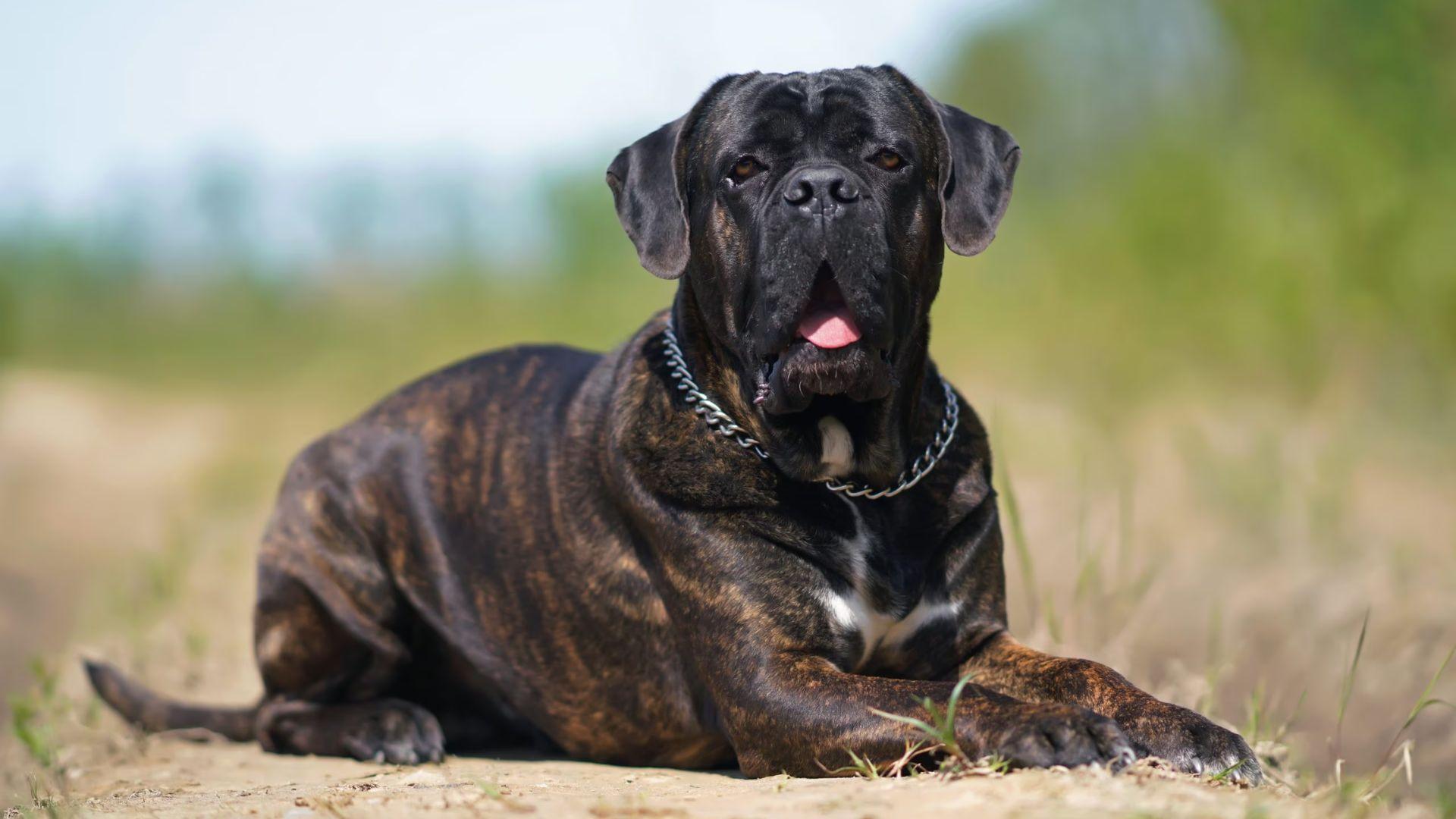
The Cane Corso is a large, muscular dog breed originally used to guard livestock and property. It is highly protective, intelligent, and loyal.
While it is known for its imposing appearance, the Cane Corso is also affectionate with family and has a calm demeanor at home.
-
Region of Habitat: Italy
-
Scientific Name:Canis lupus familiaris
-
Feeding Habits: Carnivorous, requiring high-protein food
-
What Sound They Make: Barking, growling, and howling
Fun Facts
The Cane Corso was once used as a war dog and as a protector of cattle. Today, it is an excellent guard dog and has become a popular companion for families looking for a loyal and protective pet.
9. Capybara
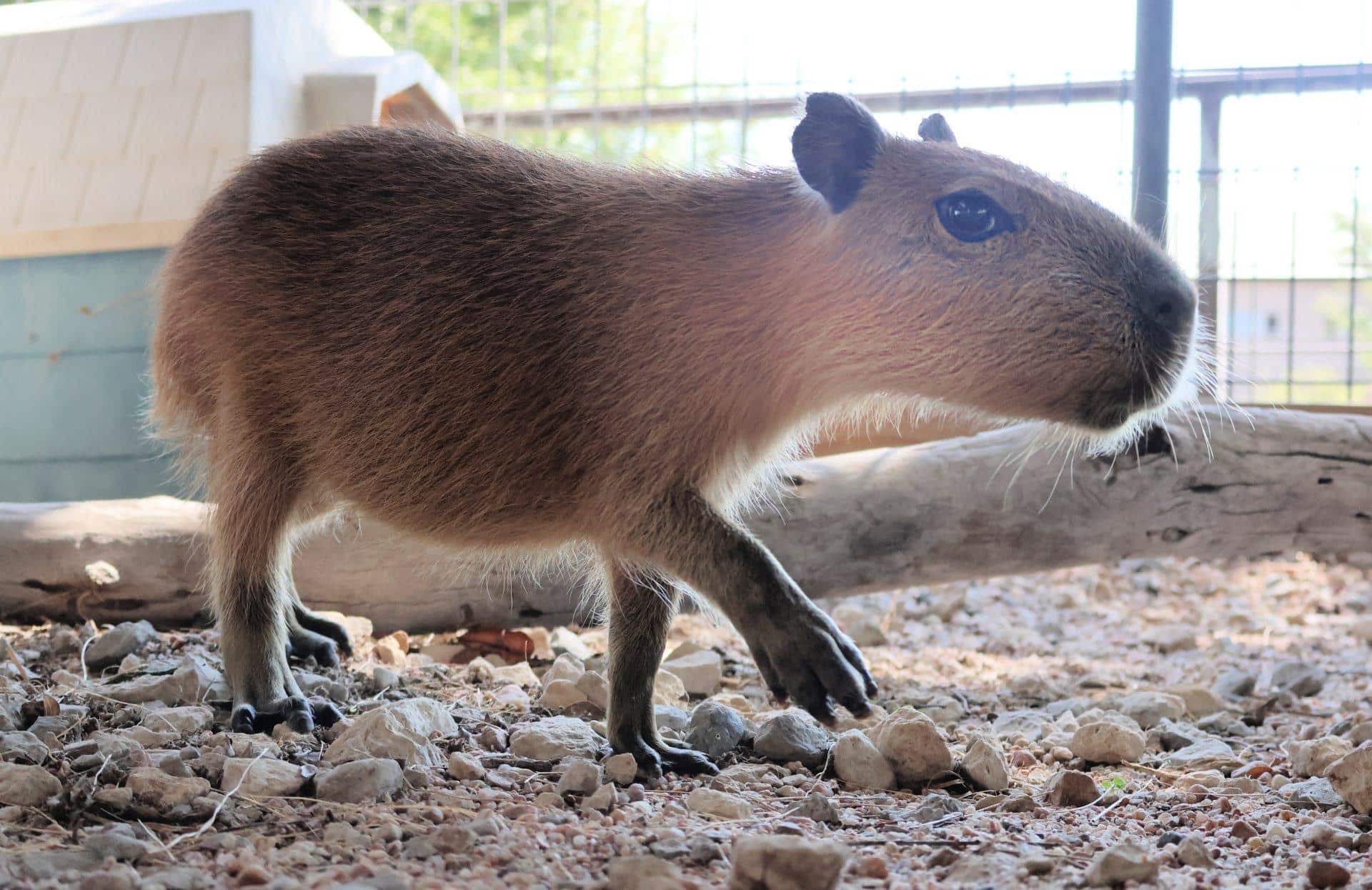
The Capybara is the largest rodent in the world, often referred to as a “giant guinea pig.” Native to South America, capybaras are social, semi-aquatic animals that live in groups.
They are known for their calm nature and are often seen relaxing in the water.
-
Region of Habitat: South America, near rivers and wetlands
-
Scientific Name:Hydrochoerus hydrochaeris
-
Feeding Habits: Herbivorous, feeding on grasses and aquatic plants
-
What Sound They Make: Purring, squeaking, and barking
Fun Facts
Capybaras are incredibly social animals and often form close-knit groups. They are known to interact peacefully with other species, including birds and monkeys.
Their calm behavior and sociability make them a popular attraction at zoos and wildlife parks.
10. Caracal
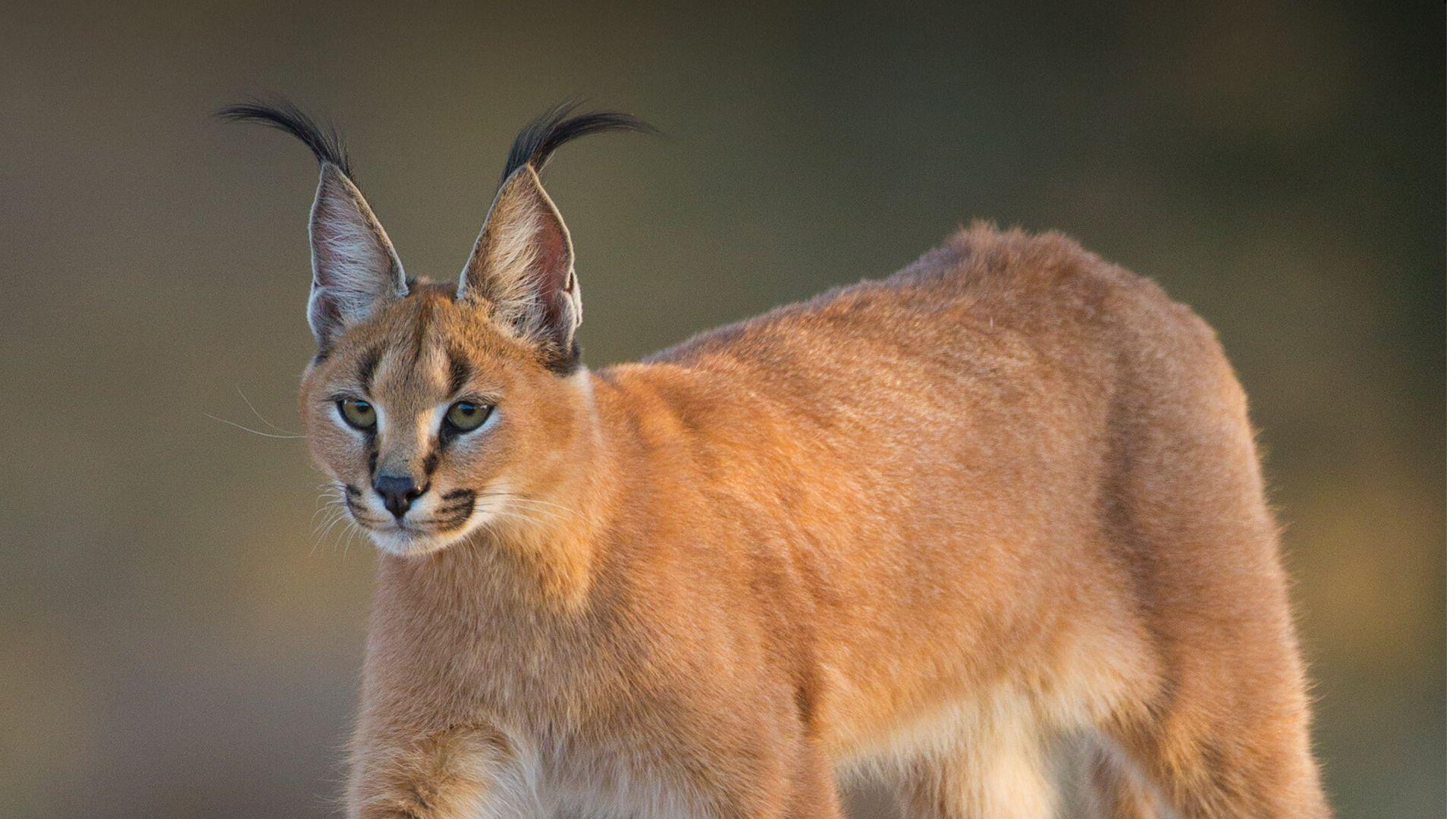
The Caracal is a wild cat known for its distinctive ear tufts and agile hunting abilities. It is found in Africa and parts of Asia, where it preys on small mammals, birds, and rodents. Caracals are solitary, nocturnal creatures and are excellent climbers.
-
Region of Habitat: Africa, the Middle East, and Central Asia
-
Scientific Name:Caracal caracal
-
Feeding Habits: Carnivorous, feeding on small mammals and birds
-
What Sound They Make: Growling, hissing, and purring
Fun Facts
Caracals are known for their impressive jumping skills. They can leap up to 10 feet in the air to catch birds.
Their tufted ears and sleek bodies make them one of the most graceful hunters in the wild, allowing them to sneak up on prey with incredible stealth.
11. Carolina Dog
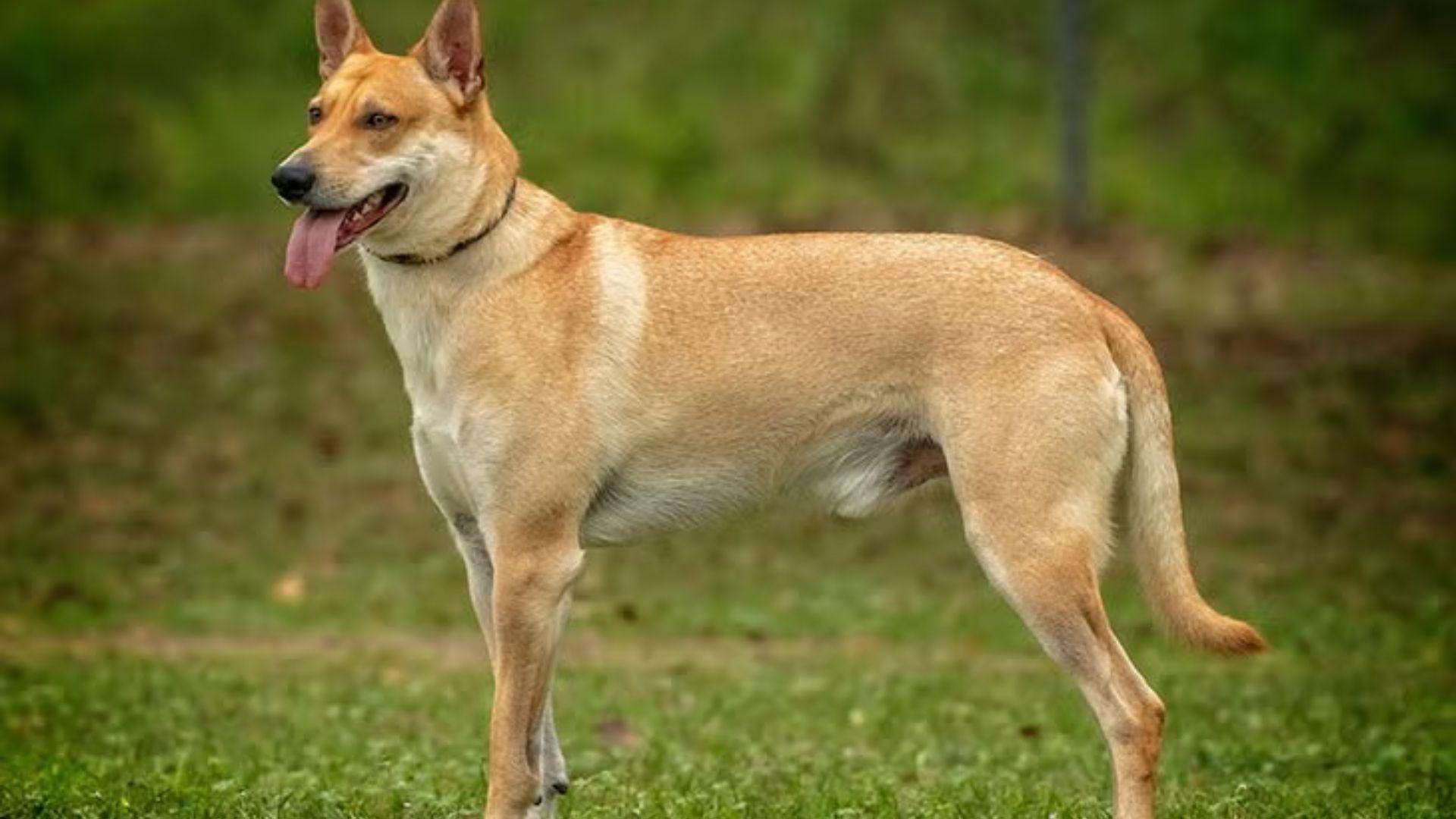
The Carolina Dog, also known as the American Dingo, is a primitive breed found in the southeastern United States.
Known for its wild appearance and independent nature, it is a loyal, intelligent breed that thrives in active environments and is great for families looking for a strong companion.
-
Region of Habitat: Southeastern United States
-
Scientific Name:Canis lupus familiaris
-
Feeding Habits: Carnivorous, typically scavenging for food
-
What Sound They Make: Howling, barking, whining
Fun Fact
Carolina Dogs are believed to have descended from ancient wild dogs in North America. Despite their wild looks, they are domesticated and affectionate with their owners, excelling in roles like hunting and guarding.
12. Cat
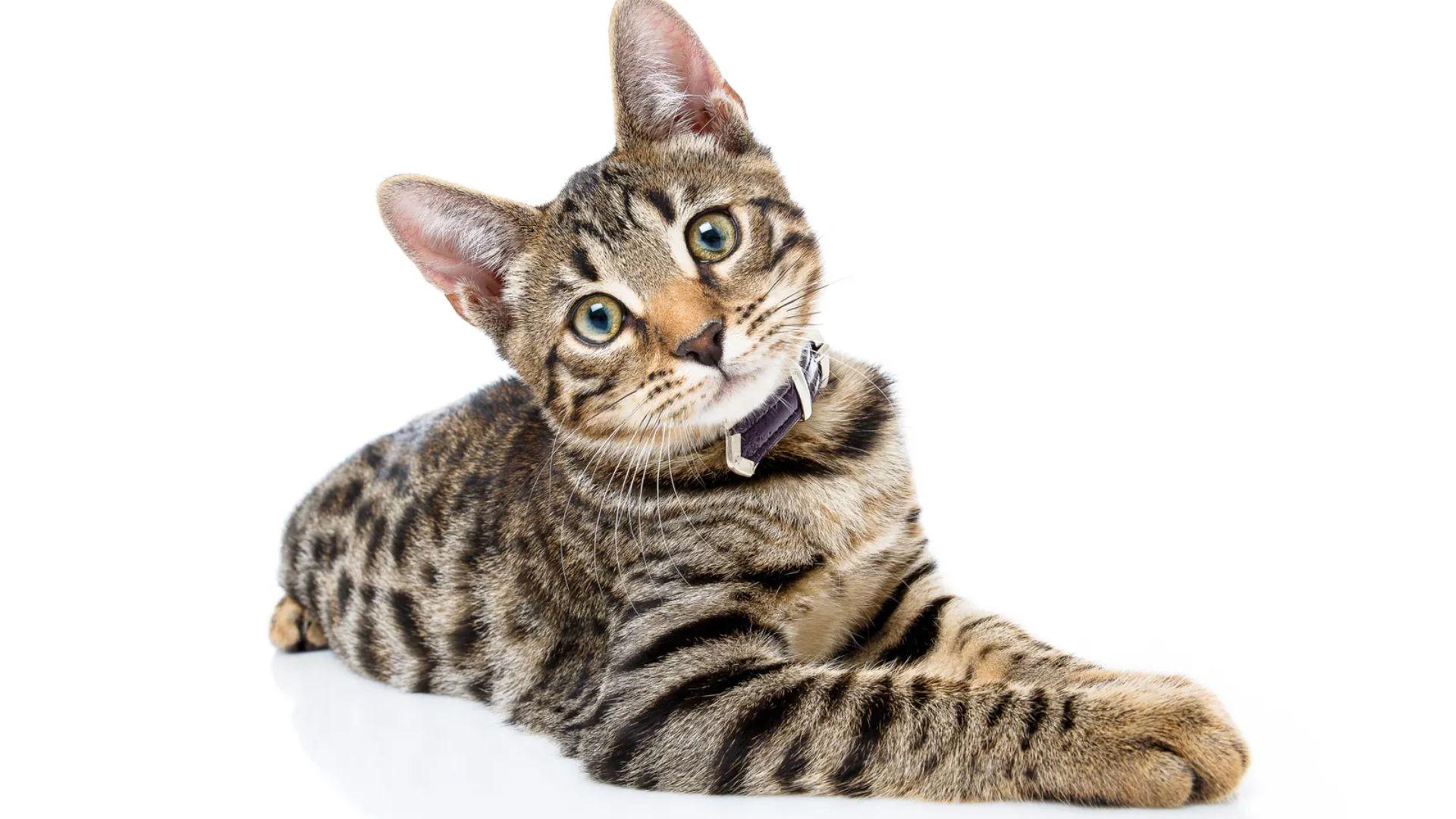
Cats are among the most popular pets globally, admired for their independence, agility, and unique personalities.
They are excellent hunters, keeping homes free of pests while also providing companionship. Their self-sufficient nature makes them perfect pets for busy families or individuals.
-
Region of Habitat: Worldwide
-
Scientific Name:Felis catus
-
Feeding Habits: Carnivorous, primarily eating meat
-
What Sound They Make: Meowing, purring, hissing
Fun Fact
A cat’s purring is not just a sign of contentment. It also has healing properties, as the frequency of their purring is known to reduce stress and promote bone health.
13. Catahoula Leopard
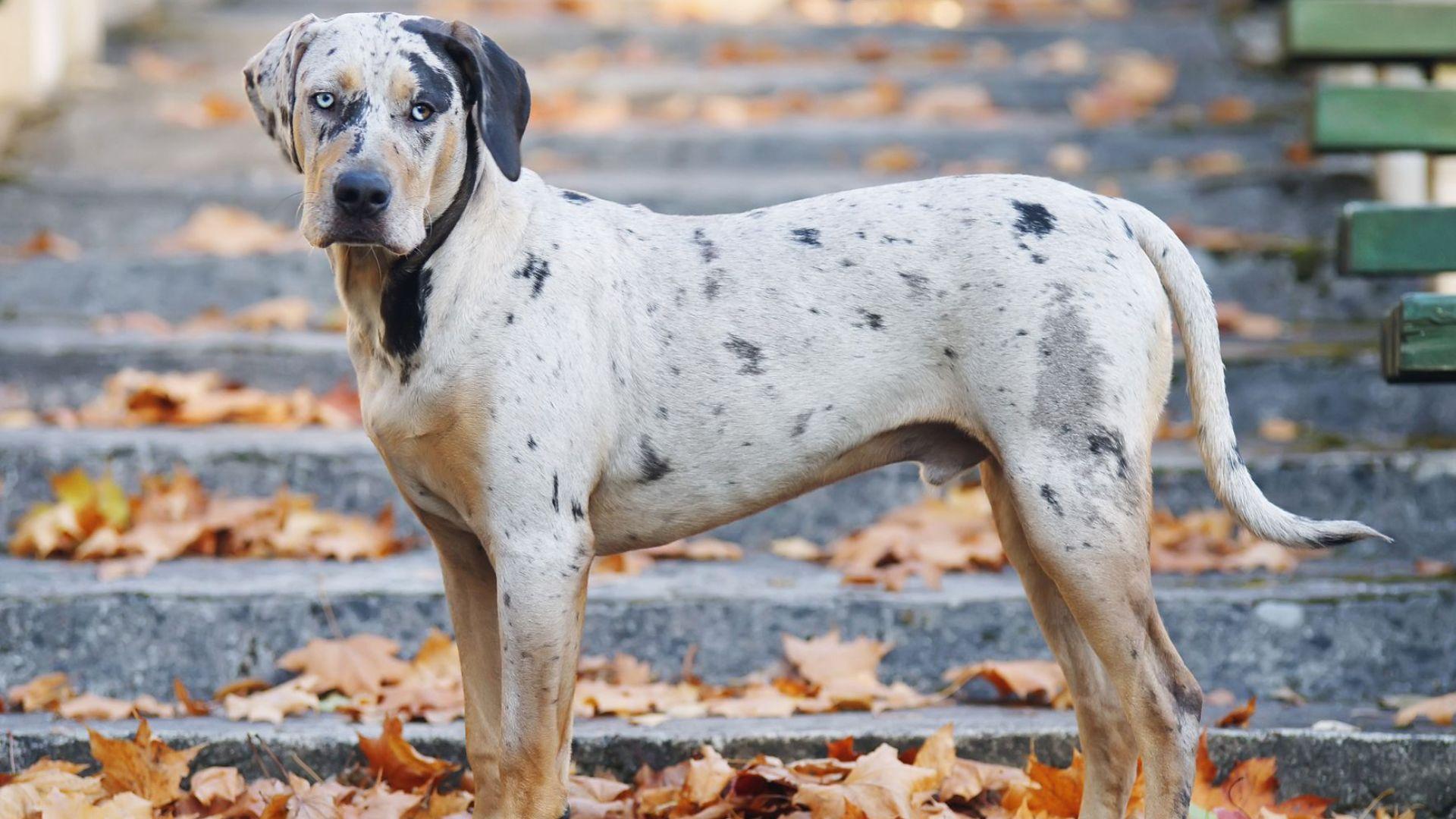
The Catahoula Leopard Dog is highly intelligent and known for its unique leopard-like coat. It was bred for herding and hunting, showcasing its ability to work in harsh conditions. This breed is known for its high energy and strong work ethic.
-
Region of Habitat: Louisiana, United States
-
Scientific Name:Canis lupus familiaris
-
Feeding Habits: Carnivorous, preferring high-protein diets
-
What Sound They Make: Barking, howling, growling
Fun Fact
The Catahoula Leopard Dog is Louisiana’s state dog and is known for its remarkable herding skills. It is also one of the few dogs that can track scent through the air and on the ground.
14. Catalan Sheepdog
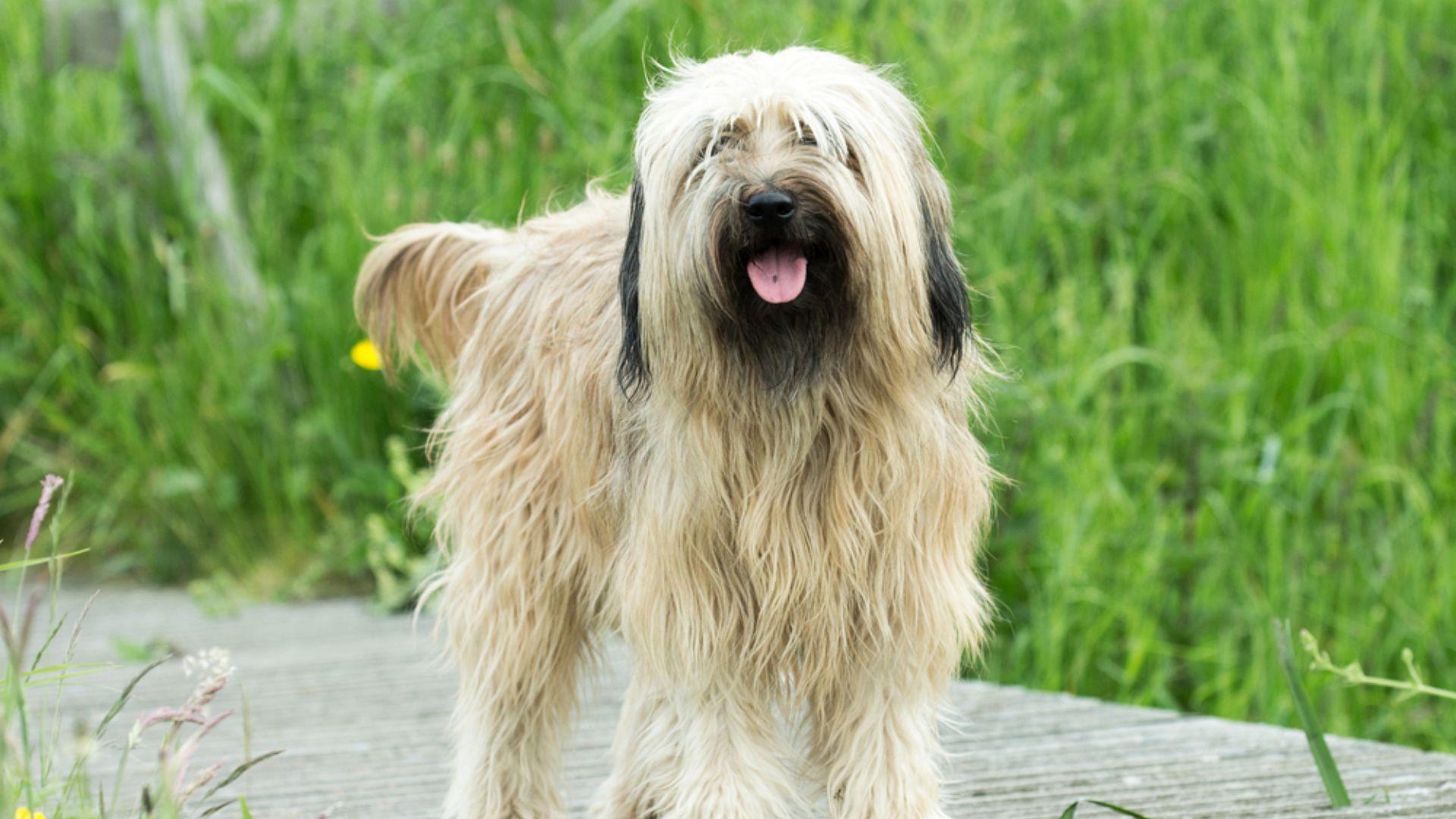
The Catalan Sheepdog is a herding dog from Catalonia, Spain. Known for its intelligence and agility, it is excellent for herding livestock. It is an energetic breed that requires regular exercise and enjoys working alongside its family.
-
Region of Habitat: Catalonia, Spain
-
Scientific Name:Canis lupus familiaris
-
Feeding Habits: Carnivorous, requiring a protein-rich diet
-
What Sound They Make: Barking, growling
Fun Fact
Catalan Sheepdogs are known for their protective nature. They are highly valued in Catalonia for their herding abilities, often working in tough terrain while maintaining a calm demeanor.
15. Cava Tzu
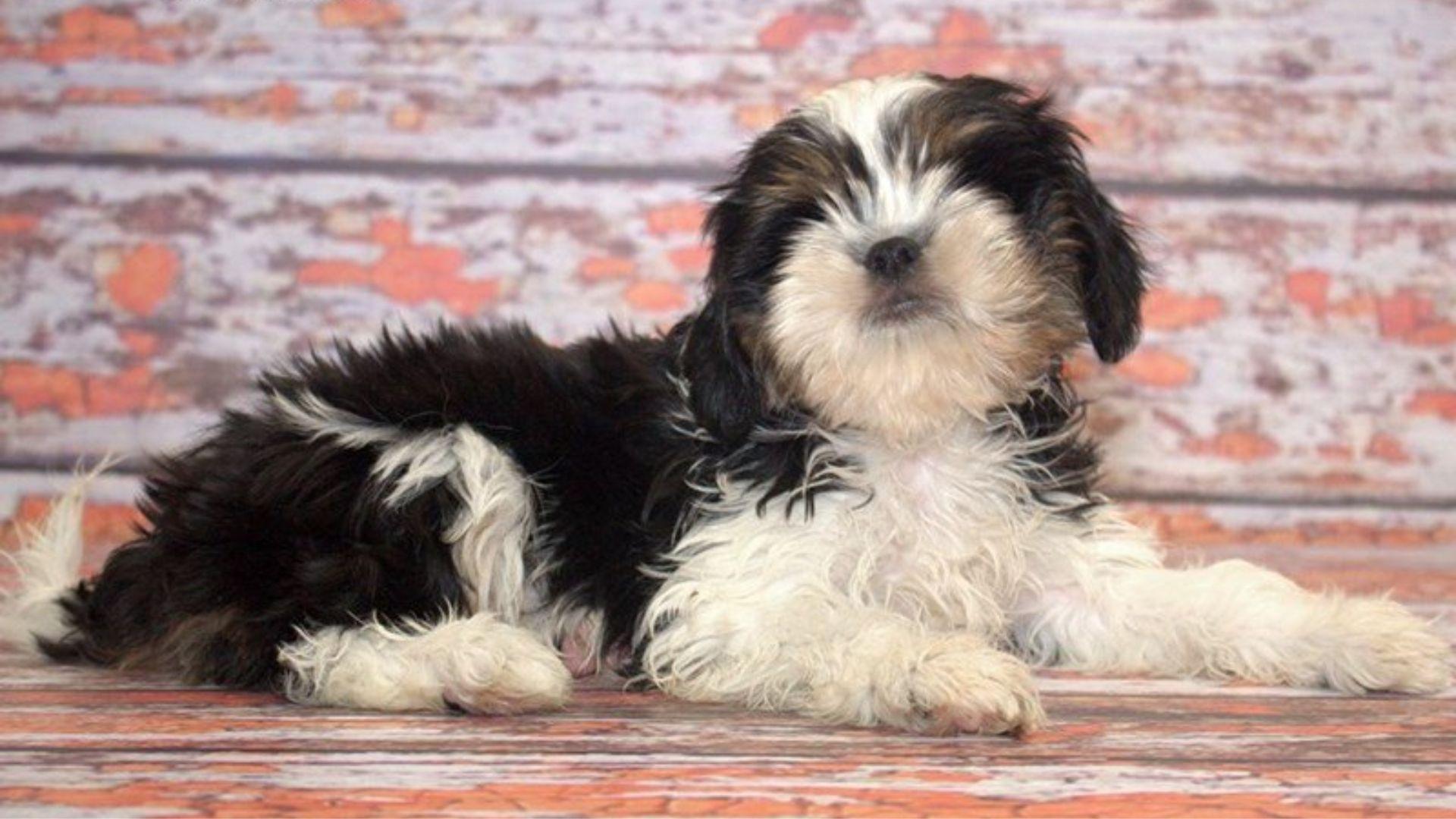
The Cava Tzu is a small, hybrid breed created by crossing the Cavalier King Charles Spaniel and the Shih Tzu.
It’s affectionate, friendly and enjoys being around family. This breed is known for its playful and happy nature, making it an ideal pet for people of all ages.
-
Region of Habitat: Worldwide
-
Scientific Name:Canis lupus familiaris
-
Feeding Habits: Carnivorous, preferring balanced commercial dog food
-
What Sound They Make: Barking, whimpering, whining
Fun Fact
Cava Tzus are known for their playful nature and are often considered lap dogs. Their small size and easygoing temperament make them ideal for apartments and homes with limited space.
16. Cavalier King Charles Spaniel
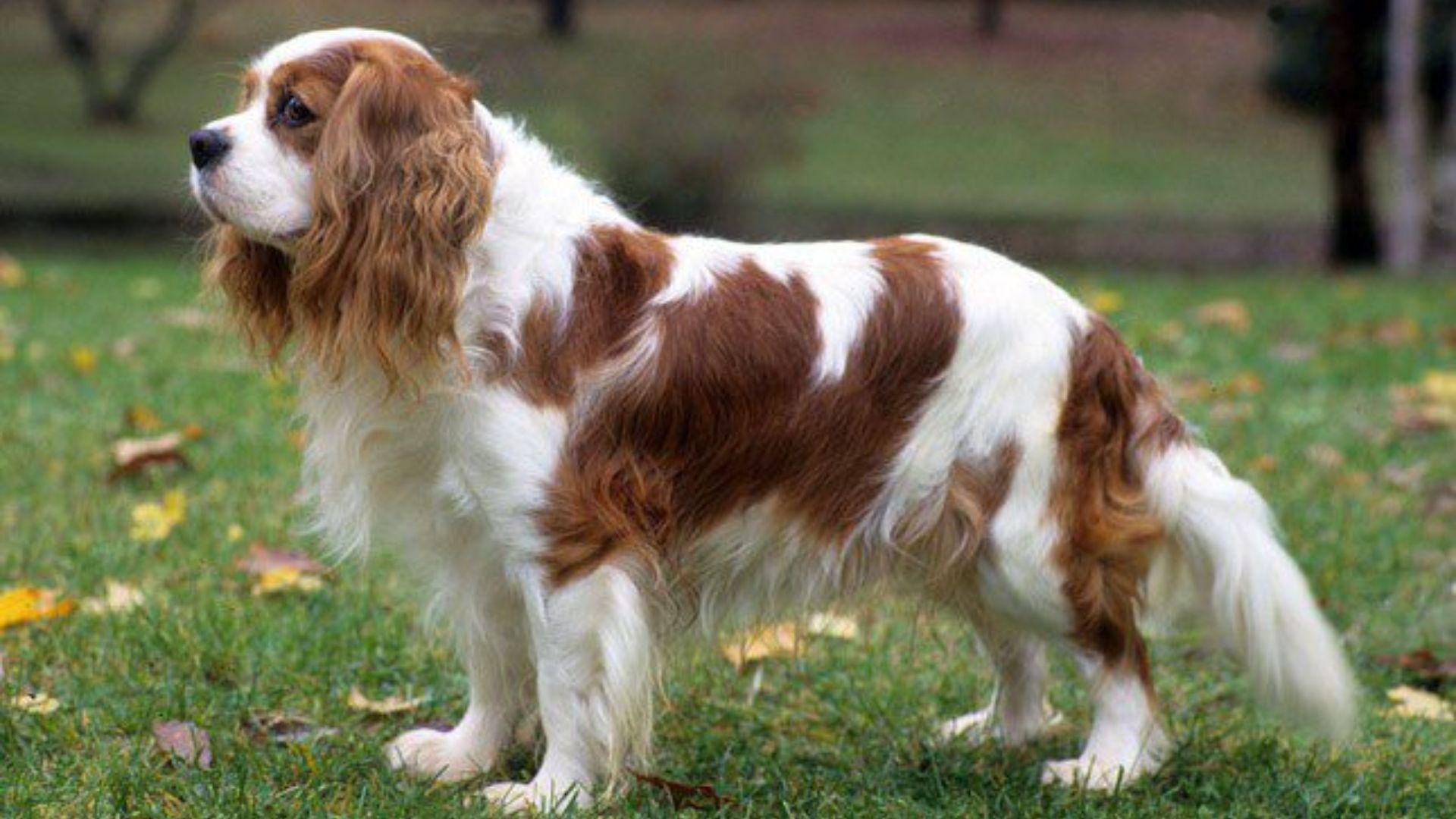
The Cavalier King Charles Spaniel is a small, affectionate dog known for its gentle and friendly temperament.
They are highly social dogs that thrive on human companionship, making them excellent family pets. Their silky coat requires regular grooming to maintain its beauty.
-
Region of Habitat: Worldwide
-
Scientific Name:Canis lupus familiaris
-
Feeding Habits: Carnivorous, requiring a balanced diet of protein and fats
-
What Sound They Make: Barking, whining, soft growls
Fun Fact
Cavalier King Charles Spaniels are named after King Charles II of England, who was particularly fond of them. Due to their small size and affectionate nature, they are often seen as lap dogs.
17. Cesky Fousek
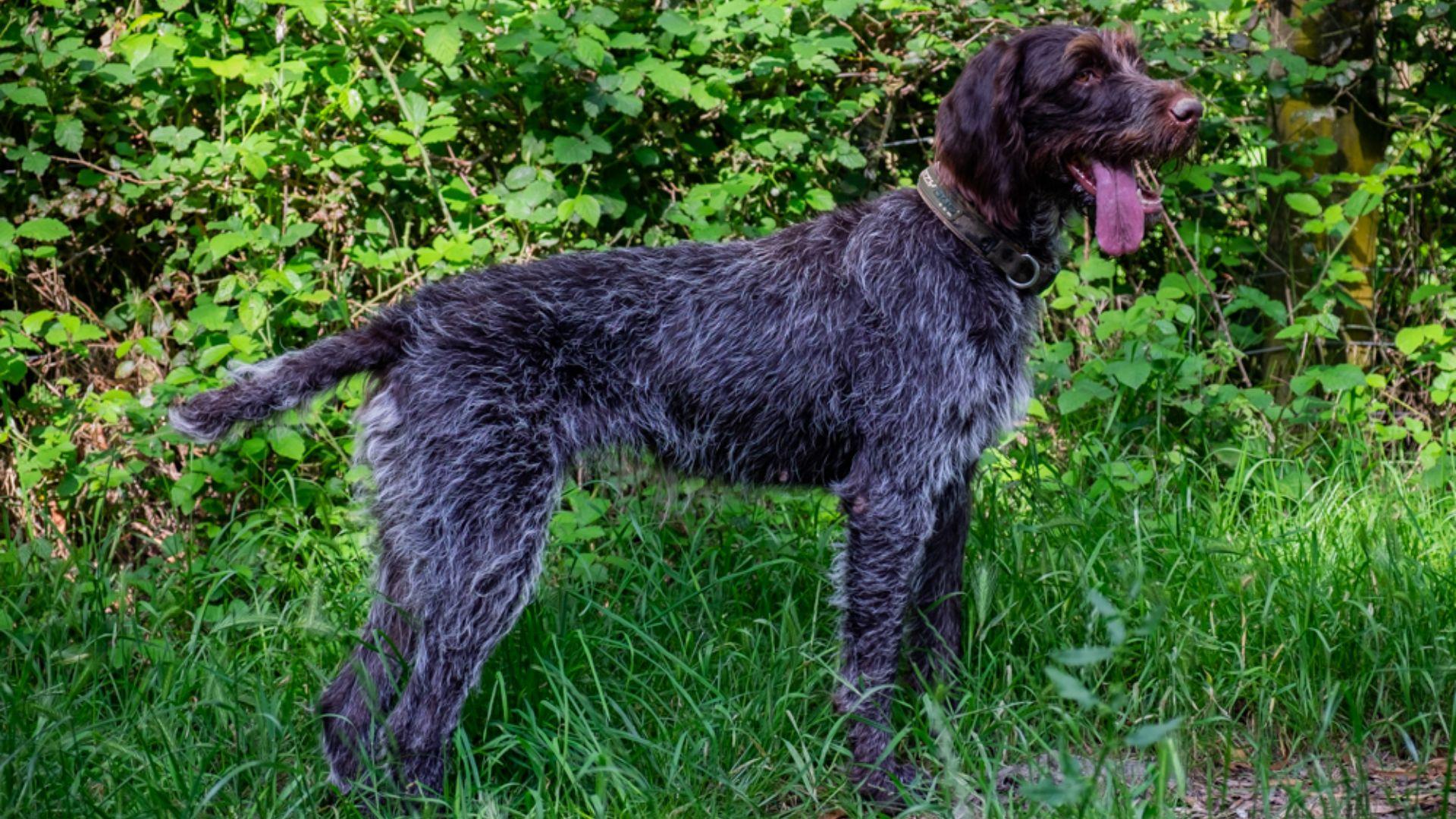
The Cesky Fousek is a versatile hunting dog from the Czech Republic. Known for its calm demeanor, it is excellent at pointing, retrieving, and tracking. It is highly intelligent and adaptable, excelling in various hunting environments.
-
Region of Habitat: Czech Republic
-
Scientific Name:Canis lupus familiaris
-
Feeding Habits: Carnivorous, consuming a high-protein diet
-
What Sound They Make: Barking, howling
Fun Fact
Cesky Fouseks are highly regarded for their ability to adapt to different terrains and weather conditions, making them reliable working dogs.
Their hunting prowess has been tested and perfected over many years, especially in the Czech hunting tradition.
18. Cesky Terrier
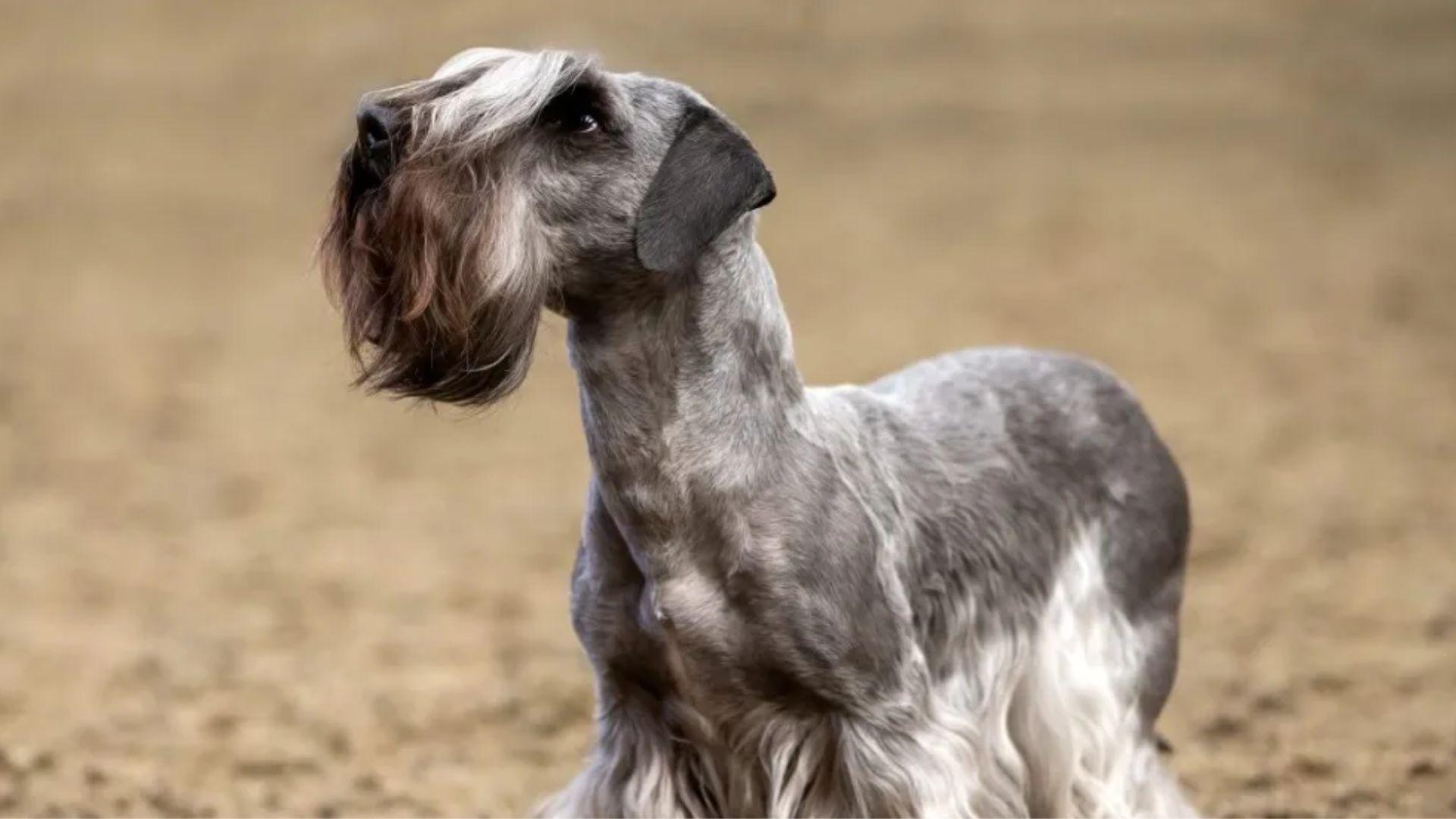
The Cesky Terrier is a small, sturdy dog breed from the Czech Republic. With its gentle and calm nature, this breed is great for families. Cesky Terriers are excellent hunters and are often used for hunting small game.
-
Region of Habitat: Czech Republic
-
Scientific Name:Canis lupus familiaris
-
Feeding Habits: Carnivorous, preferring protein-rich foods
-
What Sound They Make: Barking, growling
Fun Fact
The Cesky Terrier was originally bred to work in the Czech countryside, hunting small animals like otters and foxes. Its adaptable and friendly nature has made it an excellent pet and companion.
19. Chihuahua
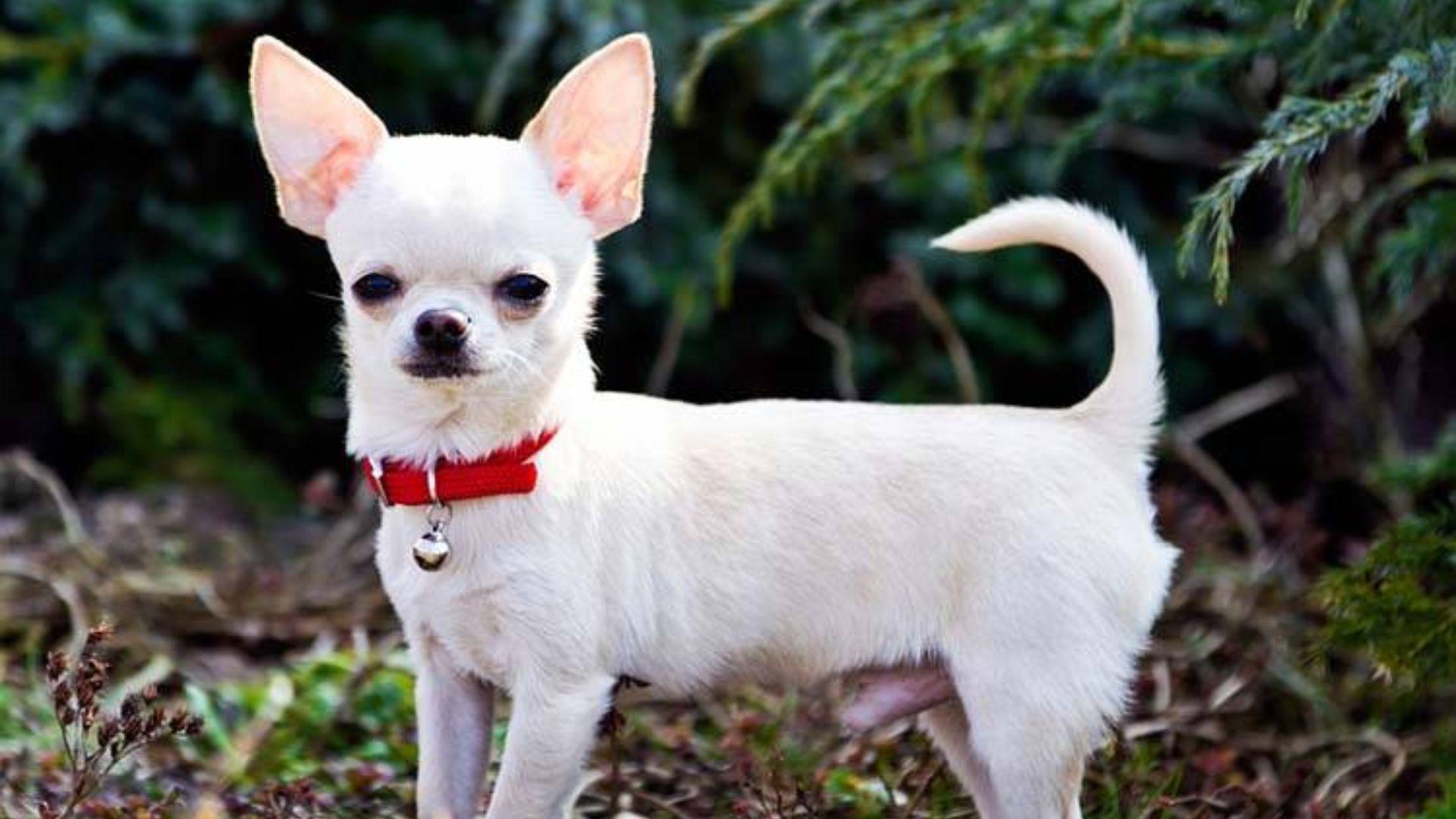
The Chihuahua is the smallest dog breed in the world, but it is known for its big personality. They are energetic, loyal and often form strong bonds with their owners. Despite their small size, they have a bold and confident demeanor.
-
Region of Habitat: Mexico, but found worldwide
-
Scientific Name:Canis lupus familiaris
-
Feeding Habits: Carnivorous, eating small portions of meat and dry food
-
What Sound They Make: Barking, whining, yipping
Fun Fact
Chihuahuas are known for their “small dog syndrome,” often acting braver than they are due to their big personalities. They are known to form strong attachments to their owners and can be highly protective.
20. Chinchilla
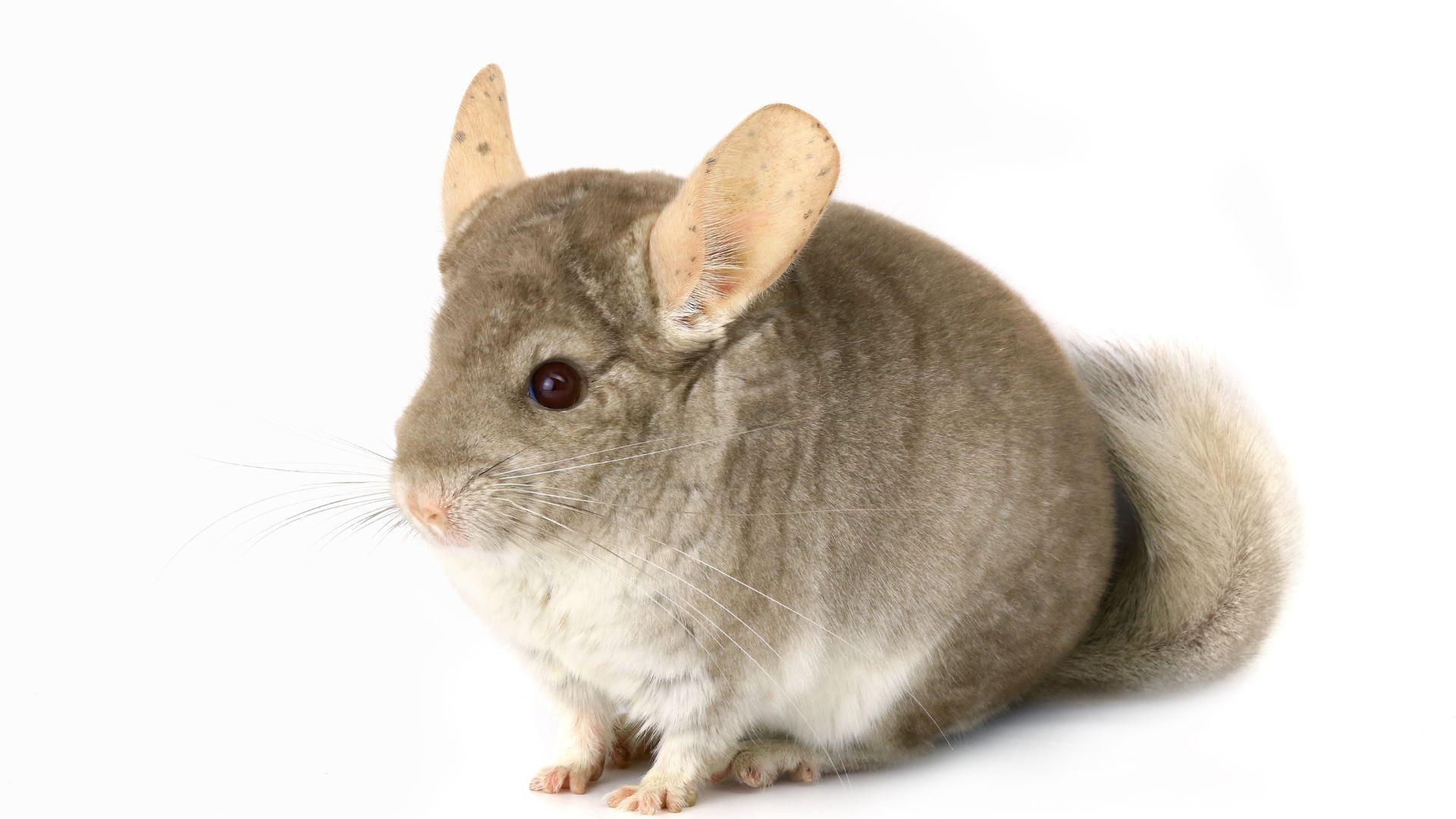
Chinchillas are small rodents with incredibly soft, dense fur, which is prized in the fur industry.
Native to the Andes Mountains in South America, they are nocturnal and herbivorous. Chinchillas are also known for their playful and social nature.
-
Region of Habitat: Andes Mountains, South America
-
Scientific Name:Chinchilla lanigera
-
Feeding Habits: Herbivorous, primarily eating grasses and plants
-
What Sound They Make: Chirping, squeaking
Fun Fact
Chinchillas are famous for their ultra-soft fur, which is up to 30 times denser than human hair. They also love dust baths to keep their fur clean, as their thick coats prevent them from getting wet.
Some More Unusual Mammals with “C”
21. Chinese Crested Dog
22. Chinese Shar-Pei
23. Chipmunk
24. Chipoo
25. Chiweenie
26. Chorkie
27. Chow Chow
28. Clumber Spaniel
29. Clydesdale Horse
30. Cockapoo
31. Cocker Spaniel
32. Collie
33. Common dolphin
34. Corgidor
35. Corgipoo
36. Coton de Tulear
37. Cactus Mouse
38. Cape Lion
39. Caribou
40. Cashmere Goat
41. Chamois
42. Chartreux
43. Cheagle
44. Cheetah
45. Chesapeake Bay Retriever
46. Chimpanzee
47. Chinook
48. Cinnamon Bear
49. Cinnamon Ferret
50. Clouded Leopard
51. Coati
52. Collared Peccary
53. Common Spotted Cuscus
54. Common Toad
55. Corkie
56. Corman Shepherd
57. Corn Rex Cat (Cornish Rex)
58. Cotton-top Tamarin
59. Coues Deer
60. Cougar
61. Coyote
62. Crab-Eating Fox
63. Crab-Eating Macaque
64. Crabeater Seal
65. Cross Fox
66. Cross River Gorilla
67. Curly Coated Retriever
68. Czechoslovakian Wolfdog
69. Calf
70. Capuchin Monkey
71. Caribou (North American Reindeer)
72. Cuscus
73. Civet
74. Colobus Monkey
75. Cave Bat
76. Continental Land Seal
77. Chital
78. Common Hedgehog
79. Crested Porcupine
80. Chinese Pangolin
81. Coyote Wolf
Wrapping It Up
Mammals with C bring a great variety to the animal kingdom. From the mighty camel that can drink forty gallons of water at once to the tiny chinchilla that takes dust baths to clean its fur, these animals have special survival skills.
The Canada Lynx hunts at night using its excellent vision, while capybaras spend their days relaxing near water with friends.
Caracals use their powerful legs to catch birds right out of the air! Many mammals with C have become important to humans – Canadian Horses helped build farms across North America, while chinchillas are kept as gentle pets.
Each of these mammals fills a special role in nature, whether living in deserts, forests, mountains, or wetlands.
Remember, when it comes to creatures, mammals with C definitely earn their spot in the animal hall of fame!
If you’re interested in more education & learning content, feel free to click here and explore other blogs that you might enjoy!

